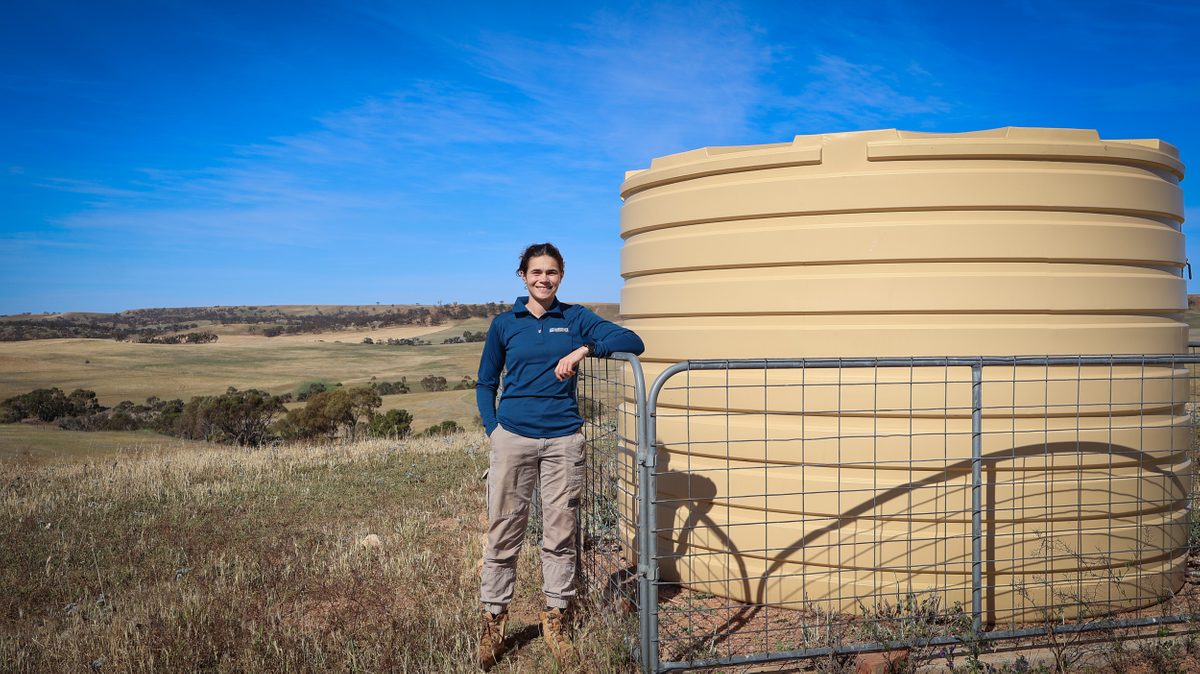Managing dieback in river red gum communities
River red gums across the Northern and Yorke region have been noticeably under significant stress due to a combination of issues, leading to mounting concern from the community.
Lerp (psyllid insects) is not a new problem, having occurred for thousands of years, however the impact of the insects is compounded by other stresses such as lack of water, increased water salinity and bird damage.
Environmental consultant Dr Anne Jensen says the attacks were particularly bad across the region in 2012 and 2013 but have since been very localised, with Clare affected last year and Horrocks Pass and Port Germein Gorge being impacted this year.
"The attacks target stressed trees, which have higher levels of nutrients in their sap.
Climatic conditions this year have been ideal for insect breeding, with higher humidity in summer, and lower than average rainfall in the traditional rain-producing months."
Dr Jensen said that the primary cause of dieback in red gums in the region is water stress and that in addition to dry conditions this year, there is underlying water stress from reducing regional rainfall over the past 35 years, as well as increasing extraction of water from catchments.
Another factor is the reduced number of bird predators on lerp, owing to the loss of shrub habitat from the landscape.
"Trees with sufficient resilience will survive, but severe lerp attack will set them back 3-4 years.
It takes this length of time for trees to recover, replace the lost leaves and start the cycle from buds to fruit and seed, which takes 2 years" Dr Jensen said.
Natural Resources Northern and Yorke Water Officer Jennifer Munro said a major issue for river red gums is the shortage of younger trees to replace the old trees as they die.
"The most useful action that can be undertaken by the community is to protect young seedlings and saplings from harm caused by grazing or machinery by using tree guards and controlled grazing methods.
Additionally, natural control of insect numbers can be achieved by increasing the number of native shrubs along watercourses, thereby increasing the number of insect-eating birds that use the shrubs for travelling and habitat.
The combination of these actions will help ensure that the tree communities will be sustained for the long term" Ms Munro said.
To get involved in the Four Rivers project which aims to protect and enhance existing native vegetation, contact the Clare Natural Resource Centre on 8841 3444.
Further information about the river red gums can be found on the Natural Resources Northern and Yorke website http://www.landscape.sa.gov.au/ny/plants-and-animals/



